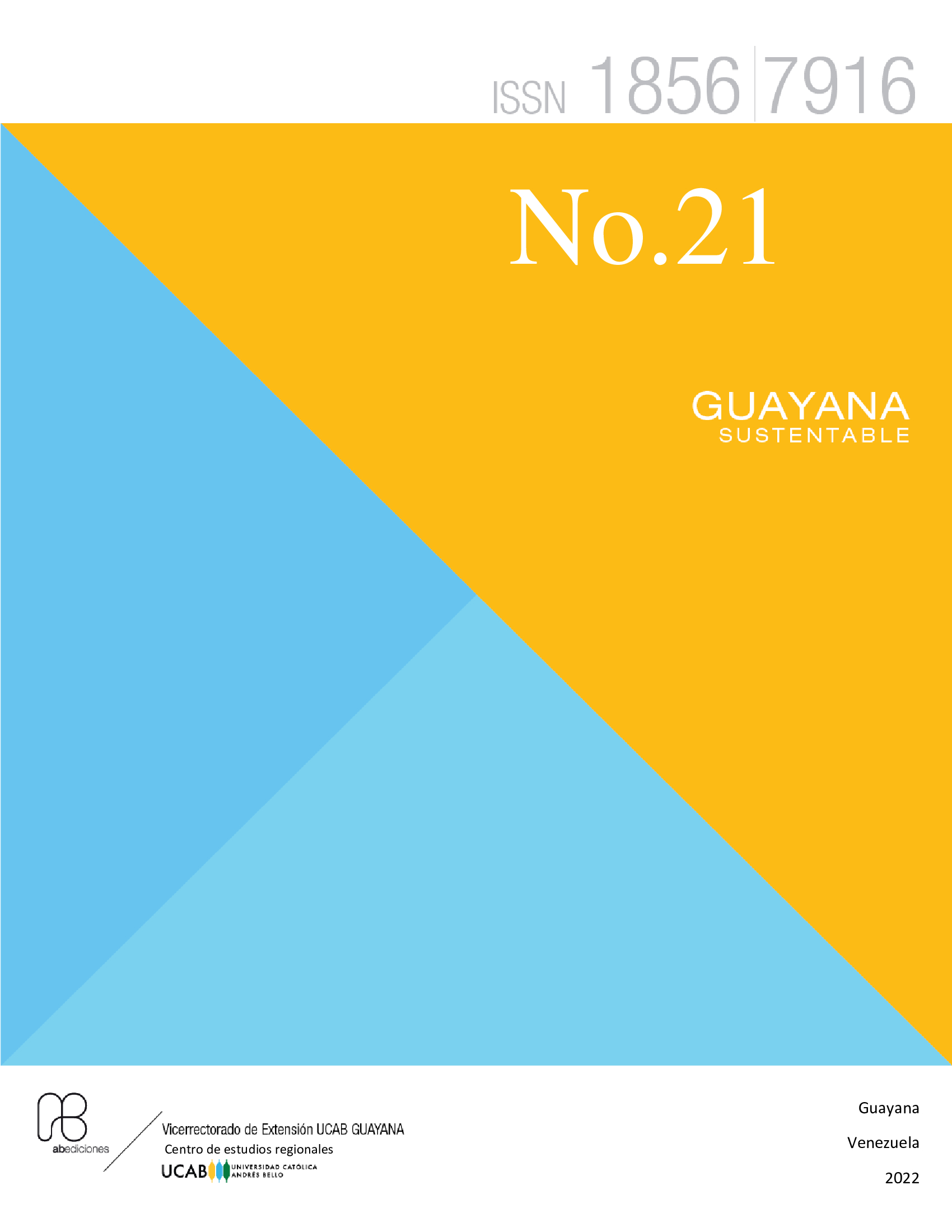SUSTAINABLE GUYANA AND CATHOLIC UNIVERSITY
Abstract
The stable and sustainable foundation of mixed peoples (indigenous and Spanish-Creole) in the immense territory of Guayana had special difficulty. There are 200 years of distance between the founding of Hispanic Caracas (and other cities and towns in the northern part of the center-west) and the founding of Angostura (1764), Upata (1762) and Barceloneta (1769). Adding the three in 1770 there are barely 2,000 non-indigenous inhabitants settled south of the Orinoco 270 years after Columbus appeared at the mouth of this river.
All cities were founded for strategic reasons and none could be founded or maintained without indigenous support. Capuchin missionaries played an exceptional role in establishing these, in addition to the dozens of sedentary towns that were indigenous-only settlements in Guiana.
Published
Issue
Section
License
Los autores que publican en esta revista están de acuerdo con los siguientes términos:
- Los autores conservan los derechos de autor y garantizan a la revista el derecho de ser la primera publicación del trabajo al igual que licenciado bajo una Creative Commons Attribution License que permite a otros compartir el trabajo con un reconocimiento de la autoría del trabajo y la publicación inicial en esta revista.
- Los autores pueden establecer por separado acuerdos adicionales para la distribución no exclusiva de la versión de la obra publicada en la revista (por ejemplo, situarlo en un repositorio institucional o publicarlo en un libro), con un reconocimiento de su publicación inicial en esta revista.
- Se permite y se anima a los autores a difundir sus trabajos electrónicamente (por ejemplo, en repositorios institucionales o en su propio sitio web) antes y durante el proceso de envío, ya que puede dar lugar a intercambios productivos, así como a una citación más temprana y mayor de los trabajos publicados (Véase The Effect of Open Access) (en inglés).

